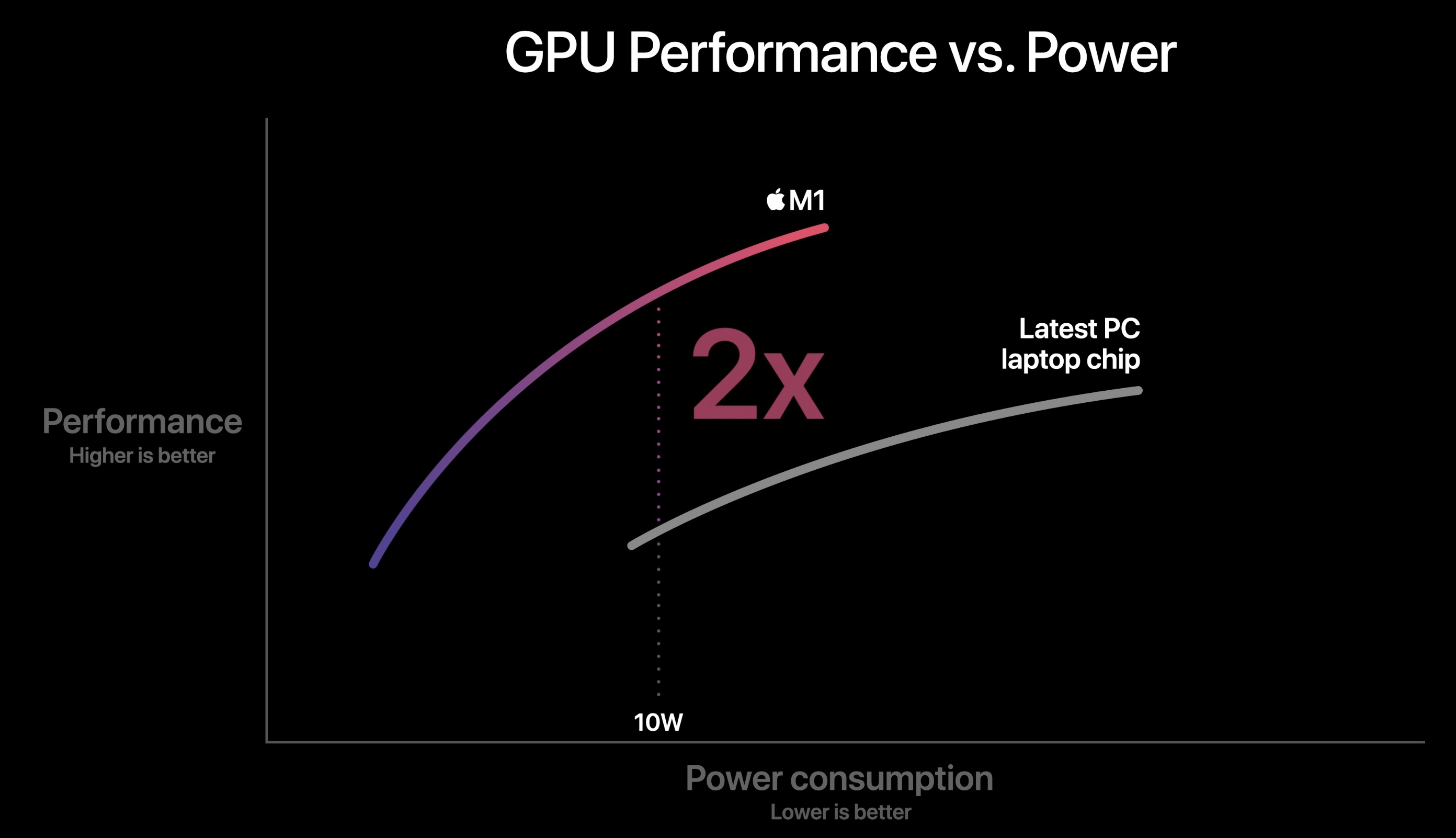In the ever-evolving world of technology, selecting the right graphics processing unit can feel overwhelming. With countless options available, each boasting unique features and performance capabilities, it is crucial to understand how to navigate the landscape of GPUs to find the perfect fit for your needs. Whether you're a gamer seeking the ultimate visual experience, a content creator striving for faster rendering times, or someone simply looking to enhance their everyday computing performance, the right GPU can make all the difference.
GPU comparisons are key to making an informed choice. By evaluating factors such as performance benchmarks, power consumption, compatibility with your system, and pricing, you can gain clarity on which graphics card aligns best with your requirements. In this article, we will delve into the essential aspects to consider when choosing a GPU, helping you decode the GPU dilemma and make a decision that empowers your computing experience.
Understanding GPU Architecture
When selecting a GPU, it's essential to grasp the fundamental architecture that powers these devices. Modern GPUs are built on parallel processing units that allow them to handle multiple tasks simultaneously. This architecture is particularly beneficial for rendering graphics, running complex simulations, and processing large datasets. A solid understanding of this structure can help you determine which GPU suits your specific workload and requirements.
Different GPUs come with various core designs, memory types, and clock speeds that significantly affect performance. Each brand, like Nvidia or AMD, utilizes unique architectural philosophies that cater to different needs. For instance, Nvidia's RTX series introduces ray tracing capabilities, enhancing the realism of graphics in real time, which is crucial for gamers and content creators alike. In contrast, AMD focuses on strong performance across a variety of resolutions, making their offerings appealing for budget builds and mainstream gamers.
Additionally, consider how factors like thermal design and power consumption influence GPU selection. Efficient cooling systems and lower power draw can lead to more stable performance and longevity for your hardware. Understanding these architectural elements can guide you in making an informed decision when comparing GPUs for your intended applications.
Key Performance Metrics

When selecting a GPU, understanding its key performance metrics is essential for making an informed decision. One of the primary indicators of performance is the GPU's clock speed, measured in megahertz or gigahertz. A higher clock speed often translates to better performance, allowing the GPU to process more data in a shorter amount of time. However, this must be considered alongside the number of cores and the architecture of the GPU, as these factors also heavily influence overall speed and performance.
Another critical metric to consider is the VRAM, or video memory, which plays a vital role in handling complex textures and high-resolution assets in modern games and applications. More VRAM allows for smoother performance in high-resolution settings, reducing lag and stutter during demanding tasks. For users focused on gaming, content creation, or 3D rendering, opting for GPUs with larger VRAM capacities can make a significant difference in the experience.
Lastly, it's essential to evaluate the thermal design power, commonly referred to as TDP, which indicates the cooling requirements and overall power consumption of the GPU. A GPU with a high TDP may require a robust cooling solution and more power, influencing not only system performance but also the cost of operation. Balancing these metrics according to specific needs can help in pinpointing the perfect GPU match.
Choosing the Right GPU for Your Needs
When selecting a GPU, the first step is to assess your specific use case. Are you a gamer looking for high frame rates at 4K resolution, or do you need a card for content creation and rendering tasks? Different GPUs excel in various areas, so understanding your primary needs can significantly influence your decision. Look into gpuprices.ai , such as memory size, clock speed, and the number of cores, as these will affect performance directly.
Once you have a clear understanding of your requirements, it's time to compare options on the market. Pay attention to benchmark tests and reviews that showcase GPU comparisons across various applications and games. These comparisons provide valuable insights into how different models perform under similar conditions, helping you to identify which GPU aligns best with your expectations and budget. Be sure to consider brand reliability and warranty offerings as well since these factors can contribute to long-term satisfaction.
Finally, budget plays a crucial role in your selection process. High-end GPUs may offer the best performance but often come with a steep price tag. Evaluate how much you are willing to invest and explore options within that range. Sometimes, a mid-range GPU can deliver adequate performance for your needs without breaking the bank, especially for less demanding tasks. Consider the possibility of future upgrades and stay informed about upcoming technologies, ensuring that your choice remains relevant for years to come.
